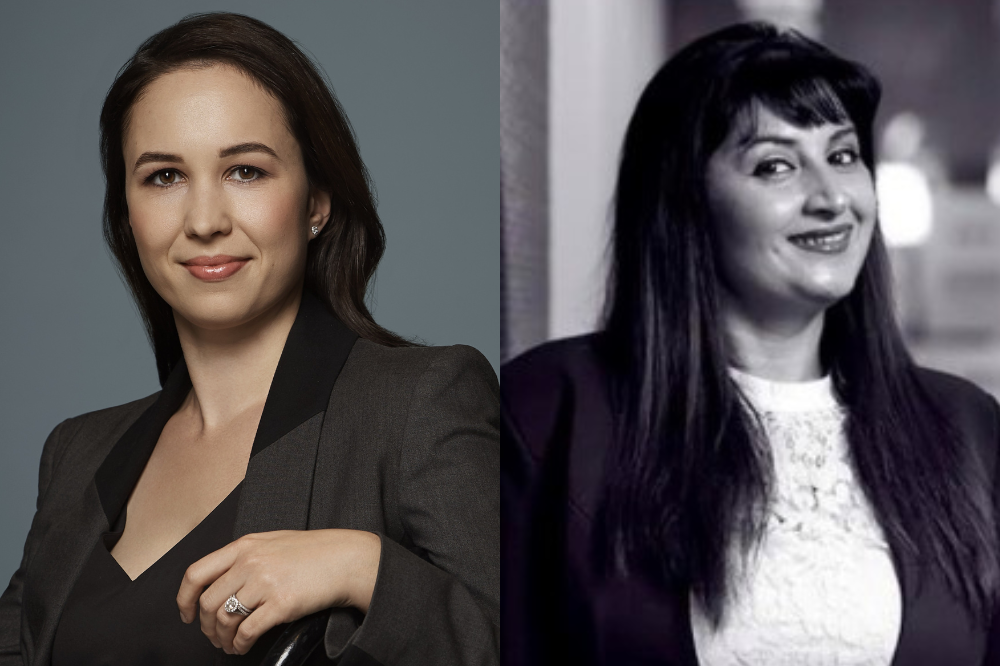Workers in financial services have a vital role in empowering and improving the financial literacy of their clients, according to new research and a leading mortgage broker.
While Australia remains one of the richest nations in the world, an Econosights report from AMP’s deputy chief economist Diana Mousina (pictured above left) has highlighted the need to improve financial literacy standards.
“Financial services organisations have a broader role to play in providing their customers with access to simple and intuitive information which helps them understand and engage more with their mortgages, investments, superannuation and retirement planning,” Mousina said.
The AMP report found that over one third (36%) of adults in Australia are financially illiterate, more than Germany (34%), the UK (33%) and Norway (29%).
Niti Bhargava (pictured above right), a mortgage broker at Resolve Finance and leader in financial literacy advocacy, said that improving financial literacy standards within a community could lead to people making better informed financial decisions and achieving better financial outcomes.
“There’s plenty that those in the industry can do about improving financial literacy whether it’s offering financial counselling or coaching, partnering with schools and non-profits or collaborating with local institutions such as local banks, credit unions, or other financial institutions to run joint financial literacy initiatives,” Bhargava said.
Bhargava suggested that leaders in the financial industry should encourage employees to volunteer their time and expertise for teaching financial literacy workshops or mentoring individuals in the community who might be facing financial challenges.
She also recommended the creation and sharing of online resources, such as articles, blogs, videos, and infographics, to cover fundamental financial concepts and tips.
“Mortgage brokers are especially well placed to help improve the financial literacy of their clients and can help them with everything from understanding interest rates and credit to budgets and long-term financial planning,” Bhargava said.
The significant financial literacy gender gap
The AMP report also highlighted the significant gap in financial literacy levels between men and women, with women having lower levels of income and smaller superannuation balances.
In Australia, the gap between adult male and female financial literacy is 8% which is greater than the gap in Italy (7%), Germany (6%), the US (5%) and China (1%).
The report shows the implications of the financial literacy gender gap as they applied to the retirement savings of Australian men and women.
Women in Australia retire on smaller superannuation balances than men, with their average superannuation balance at age 60 to 64 being 21% less than men at the same age – a balance of $406,000 for men compared with $321,000 for women. Women’s wages lag behind those of men, contributing to lower retirement balances, an issue made worse by the financial literacy gap.
Today’s retirees can expect to live another 25 years after retiring, yet a growing number are failing to get the help they need or plan for their savings to last for longer. This can lead to poorer investment decisions, lower wealth accumulation and smaller retirement savings.
Mousina said that lifting levels of financial literacy and closing this gender gap were “important challenges for society” and would improve retirement outcomes for many.
“Underlining the importance of lifting literacy for women is that their superannuation balances remain well below men at all ages, compounded by the fact that they generally earn less than their male counterparts,” Mousina said.
“Improving financial literacy across our community requires a co-ordinated approach from government, schools, financial institutions, and parents. This includes more dedicated grassroots financial literacy tuition in schools and systems that encourage more girls and women to study financial related subjects and courses.”
What is being done to improve financial literacy
Bhargava, who is based in the outskirts of Melbourne, has led by example in this space, launching a program designed to tackle financial literacy.
Initially designed for women who have migrated to Australia from countries in South Asia during the pandemic, Bhargava’s financial literacy program has expanded to cater for all women who want to improve their financial literacy.
“The problems were more or less similar across cultures. And so, we were like ‘we can’t do these things once or six months or once a year. It has to be a regular initiative’. Now we do it every quarter,” Bhargava said.
AMP has a “Simplifying Investing” podcast that educates listeners on the latest and topical issues in economics and the investing world.
“Ultimately, financial literacy improves with more knowledge. If you have that knowledge, share it around,” said Bhargava.


